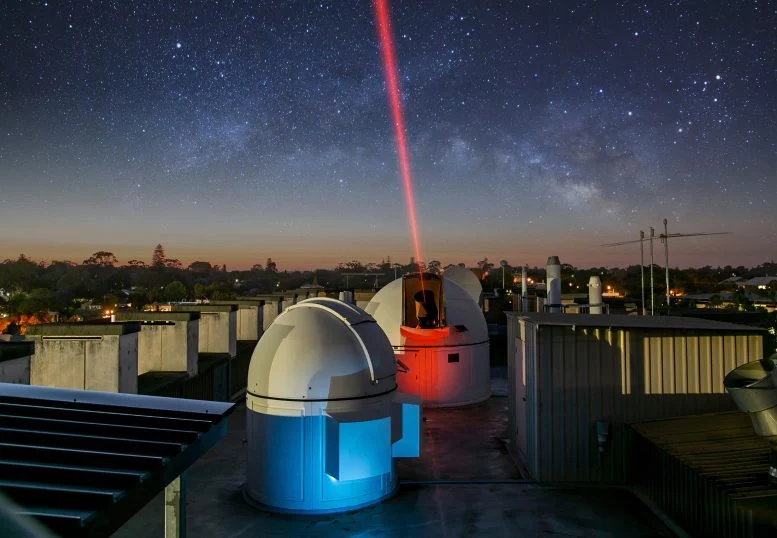The German company Cerabyte confirmed the development of a new nanoceramic memory which stands out for its high durability and ability to keep data stored longer than 5,000 yearsan impressive number that far exceeds the average lifetime that many companies that choose to use this technology will have.
The main purpose of nano ceramic memories are companies, and it makes sense because they are the only ones who may really need such a long-life storage solution, especially now that we are in an age where data storage has become a big challenge.
For a home user, this technology makes no sense., because we don’t need to keep our data for that long. Even if we want to bequeath our digital content to our friends or family, an external SSD or a link to a cloud storage service is easier and more cost-effective.
What is nanoceramic memory and how does it work?

This type of memory is a storage solution to which data is digitally written nano ceramic layers with thickness between 50 and 100 atomsusing fast pulsed lasers that engrave matrices similar to QR codes that can later be read and the information they contain recovered.
Once the data is recorded, the media is stored in a secure manner and no need to feed so that data is preserved, which completely eliminates energy consumption with all that follows in terms of energy efficiency.
The Cerabyte data storage and archiving system consists of several memory cartridgescalled CeraMemory, and CeraTape units that come pre-assembled in shelves with a library type format. These use robotic arms that handle media management tasks for read and write operations.
CeraMemory cartridges have a storage capacity of up to 100 PB (petabytes) of data, while a CeraTape drive can reach 1 EB (exabyte). To give you an idea of what these numbers mean, I remind you One petabyte is equal to 1,024 terabytes and one exabyte is 1,024 petabytes.
A ceramic is an inorganic material that has a high resistance to heat and corrosion, and in this case it provides such an important value that, as I mentioned at the beginning of the article, it is able to preserve stored data for more than 5000 years. For tech giants whose existence is virtually assured for centuries, this represents great value.
Currently, 60 to 80% of all world data is stored in so-called cold storage within HDD drives, so this new solution is an interesting response to a sector that has needed important innovation for many years.














